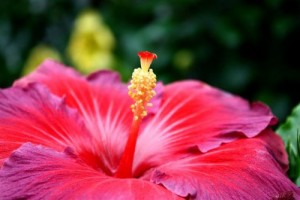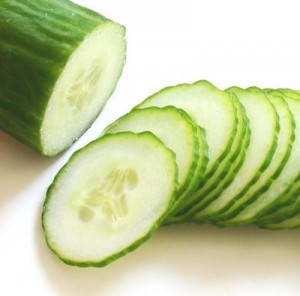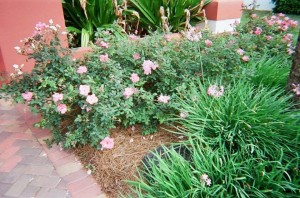Did you know that today is Pascua Florida Day, and is a state of Florida day of recognition? April 2nd is the anniversary of the discovery of Florida by Juan Ponce De Leon, in 1513. Ponce De Leon was a Spanish explorer, and named this newly discovered land after a celebration day in his homeland of Spain called Pascua Florida, meaning a feast of flowers. Other than the state flower Orange Blossom, there is no other plant that says Florida more than the Hibiscus, and, naturally, it is a Florida landscape favorite.
What better way to celebrate our Florida's naming day than to plant some Hibiscus in your landscape, brew some Hibiscus Tea, and bake some Hibiscus candy? Yes, that's right, Hibiscus is not only edible, but it is tasty as well! Beyond Hibiscus being a Florida landscape favorite for it's beautiful year-round flowers, it is renowned for it's natural medicinal properties, and well as unique flavor in teas and food.
Not only is Hibiscus a Florida landscape favorite, it is a world-wide favorite, too! It is commonly found in tropical and sub-tropical environments, and thrives best in temperate climates. It is the state flower of countries such as Malaysia and Haiti, and it's flower has unique symbolism that can be found in cultures such as India and Tahiti.
As a landscape plant, Hibiscus can be one of the easiest and most rewarding plants in your garden, providing endless beautiful blooms of vibrant colors. It prefers full sun for best blooming, but will tolerate partial shade, and once established, it is very drought tolerant. The Hibiscus can have some unique pest problems, though, such as aphids, Pink Hibiscus Mealy-bug, and Chilli Trips, that can be controlled with pesticides, if desired. The worst pest problems for Hibiscus, though, in my opinion, are deer and extreme cold. If you live in an area that is populated with deer, Hibiscus is a deer favorite, and will simply be a feeding station for them, and they will never bloom. As well, if your planting area is prone to repeated frost or freezing temperatures, an unprotected Hibiscus will not survive for long.
What the heck! Plant one Hibiscus, and give it plenty of room, as they they can grow rather large on some of the varieties (8' tall or better, and almost just as wide). And, when family and friends come for your annual summer tea party, dazzle them with your scrumptious Hibiscus candies, and delectable Hibiscus tea (I hear that it's even better with rum!).
Pick your favorite Hibiscus variety from these options: http://3seasonsgrowers.com/pb/wp_4a4e7cc3/wp_4a4e7cc3.html
Then, let's get the party started!
http://www.cupcakeproject.com/2010/08/hibiscus-tea-brewed-at-home-from-dried.html
http://www.cupcakeproject.com/2010/08/candied-flowers-hibiscus.html
Let's get Hibiscus-ing, Folks!
Donell



